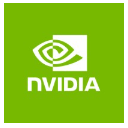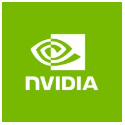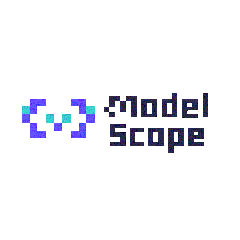
VLLM
vLLM is a high-performance library tailored for efficient inference and serving of Large Language Models (LLMs). It features advanced PagedAttention for optimal memory management, continuous request batching, and CUDA kernel optimizations. With seamless Hugging Face integration, it supports diverse decoding algorithms and various hardware platforms, ensuring rapid and cost-effective model deployment.
Top VLLM Alternatives
fal.ai
Fal.ai revolutionizes creativity with its lightning-fast Inference Engine™, delivering peak performance for diffusion models up to 400% faster than competitors.
Synexa
Deploying AI models is made effortless with Synexa, enabling users to generate 5-second 480p videos and high-quality images through a single line of code.
Open WebUI
Open WebUI is a self-hosted AI interface that seamlessly integrates with various LLM runners like Ollama and OpenAI-compatible APIs.
NVIDIA NIM
NVIDIA NIM is an advanced AI inference platform designed for seamless integration and deployment of multimodal generative AI across various cloud environments.
Ollama
Ollama is a versatile platform available on macOS, Linux, and Windows that enables users to run AI models locally.
NVIDIA TensorRT
NVIDIA TensorRT is a powerful AI inference platform that enhances deep learning performance through sophisticated model optimizations and a robust ecosystem of tools.
Groq
Independent benchmarks validate Groq Speed's instant performance on foundational models...
LM Studio
With a user-friendly interface, individuals can chat with local documents, discover new models, and build...
ModelScope
Comprising three sub-networks—text feature extraction, diffusion model, and video visual space conversion—it utilizes a 1.7...
Msty
With one-click setup and offline functionality, it offers a seamless, privacy-focused experience...
Top VLLM Features
- State-of-the-art serving throughput
- Efficient attention memory management
- PagedAttention mechanism
- Continuous batching of requests
- Fast model execution
- CUDA/HIP graph integration
- Quantization support options
- Optimized CUDA kernels
- FlashAttention integration
- Speculative decoding capabilities
- Chunked prefill functionality
- Seamless HuggingFace integration
- High-throughput decoding algorithms
- Tensor parallelism support
- Pipeline parallelism support
- Streaming output support
- OpenAI-compatible API server
- Multi-lora support
- Compatibility with various hardware
- Community-driven contributions









